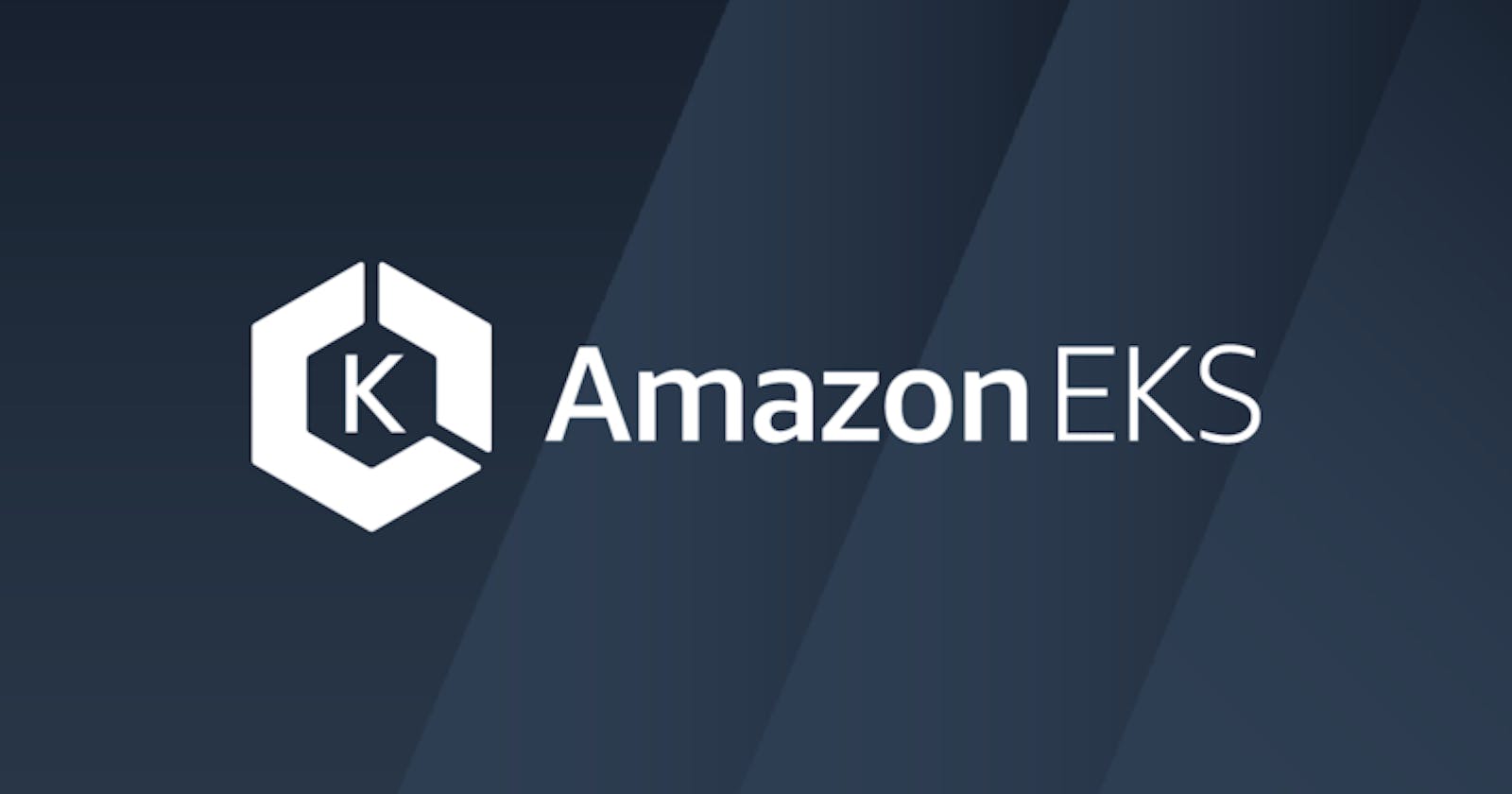Kubernetes is an open-source container orchestration system that automates the deployment, scaling, and management of containerized applications. It was developed by Google and is now maintained by the Cloud Native Computing Foundation.
AWS Elastic Kubernetes Service (EKS) is a fully managed service that makes it easy to deploy, scale, and manage containerized applications using Kubernetes on AWS. With EKS, you can run your applications in a highly available and scalable environment without the need to provision and manage the underlying infrastructure.
Getting started with EKS
To get started with EKS, you'll need to set up the necessary infrastructure, including VPCs, subnets, and security groups. You'll also need to install the Kubernetes command-line tool (kubectl) and the AWS CLI.
Once you've set up the infrastructure and installed the necessary tools, you can create an EKS cluster using the AWS Management Console, the AWS CLI, or an Infrastructure as Code (IAC) tool such as Terraform.
When creating an EKS cluster, you'll need to specify the number of worker nodes and the instance type to use. You can also configure the cluster to use spot instances, which can help you save money on your AWS bill.
Deploying Applications on EKS
Once you have an EKS cluster up and running, you can deploy your applications to it using Kubernetes manifests. A Kubernetes manifest is a YAML or JSON file that defines the desired state of your application, including the number of replicas, the image to use, and the container ports to expose.
You can deploy your applications to the cluster using the kubectl command-line tool or using Helm charts. Helm is a package manager for Kubernetes that makes it easy to manage and install complex applications.
Scaling and Managing Applications on EKS
Kubernetes provides several mechanisms for scaling and managing your applications, such as Horizontal Pod Autoscaling, Cluster Autoscaler and custom metrics.
Horizontal Pod Autoscaling automatically increases or decreases the number of replicas of a deployment based on its CPU or memory usage.
Cluster Autoscaler automatically increases or decreases the number of worker nodes in your EKS cluster based on the number of pending pods.
You can also use custom metrics to scale your applications based on other metrics, such as the number of requests per second.
EKS vs Other Kubernetes Options on AWS
AWS offers several other Kubernetes options in addition to EKS, including Elastic Container Service for Kubernetes (EKS) and self-managed Kubernetes on EC2.
Elastic Container Service for Kubernetes (EKS) is another managed Kubernetes service that makes it easy to deploy and manage containerized applications on AWS. However, it's based on the Fargate container runtime, which is more limited than the standard Kubernetes runtime.
Self-managed Kubernetes on EC2, on the other hand, requires you to set up and manage the underlying infrastructure and handle Kubernetes upgrades and maintenance.
Conclusion
AWS Elastic Kubernetes Service (EKS) is a powerful and easy-to-use

